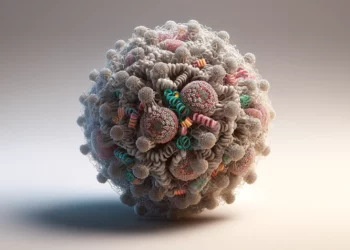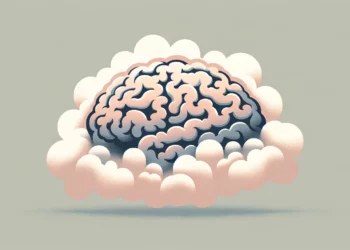The good news is, researchers are learning more and more about the coronavirus. The bad news is that what we’re learning is aggravating.

It seems that we’ve reached a critical stage in the containment of the new coronavirus. Cities with a total of over 40 million people have been quarantined in China, as screens and checks being carried out in several airports across the world. A new hospital is being built in Wuhan (where the virus seems to have originated), and the sale of all wildlife in China has been temporarily banned.
However, despite these efforts, there have already been more than 2,000 confirmed cases, with 56 lives already being lost. Elderly people or those suffering from previous underlying conditions appear to be especially at risk.
The symptoms start with a fever, followed by a dry cough and, sometimes, shortness of breath. The severity of the disease ranges from flu-like to pneumonia-like, and hospitalization is often necessary — although there is no approved treatment or vaccine just yet.
It’s not just China, either — there have already been 5 confirmed cases in the US, as well as several other countries including India, Japan, France, and Thailand. So far, it seems that all of the infected people have been to Wuhan, and it’s not entirely clear how likely the virus is to spread from human to human. However, recent developments add more reason for concern.
In humans, the incubation period (during which the person has the disease, but does not develop symptoms) appears to be 1-14 days. However, it seems that even in this incubation period, the virus can be still passed on — so people not suffering from any symptoms can still pass the coronavirus.
This is a striking difference from the 2003 SARS outbreak, which has many similarities to this one (both are coronaviruses and have similar symptoms). That 2003 SARS epidemic killed hundreds of people, but the virus was not contagious in its incubation period.
However, the World Health Organization stopped short of calling the outbreak a global health emergency, although there are questions regarding China’s ability to contain the epidemic.
So far, only a handful of cases have been reported outside of China. But as the Chinese New Year started on Friday, millions of people are expected to and from their families, which can potentially accelerate the spread of the virus.
Researchers have also been prompt in gathering and publishing data about the new virus, and a flurry new studies have been already published on the virus and the outbreak. Thanks to these studies, for instance, we know that that most of the infected people had visited the seafood market where the disease started, many were quite healthy and 73% were male. All of those admitted to the hospital had pneumonia. But there are still crucial questions that remain unanswered.
“There are still many gaps in our understanding,” a Lancet editorial reads. Importantly, “the exposure and possible infection of health workers remain extremely worrying.”






